We continue to see big changes in ski, boot and binding design and technology, which make off-piste skiing and ski touring much more accessible. For our Adventure courses, we prefer you to ski with” freeride” skis, ski touring boots and ski touring bindings. If you have your own skis but they do not have ski touring bindings but are suitable for off-piste then you are welcome to bring them with you. Downhill boots are also acceptable but please bear in mind that you will do some touring on ALL our Off-Piste Adventure courses so you made need to hire suitable skis and boots in a resort.
Skis
This winter our lead guides are using Salomon Explore MTN and Salomon QST touring skis. The MTN 95 is an award-winning ski with great stability at high speeds whilst the MTN 88 is a best-selling lightweight touring ski. The QST’s are slightly heavier and therefore suited to charging; perfect for day-touring.
Lockwoods Ski and Outdoor are supporting our guides and we suggest that if you’re interested in any of the MTN or QST skis, you should make Lockwoods your first point of call. This winter our lead guides are using Salomon Explore MTN and Salomon QST touring skis.
There are many ‘all-mountain/freeride’ skis to choose from and we highly recommend skis from Salomon, Dynastar, Movement, Black Crows, Trab Skis, Scott and Volkl. Look for a ski that is the right size for your height, typically the tip of the ski should be somewhere around your nose height. As for the width of the ski or “side cut” a mid-fat ski – 90-110mm under the foot is a good place to start; this offers plenty of flotation off-piste while remaining suitable for day tours and they should also handle reasonably well on piste and mixed terrain.
Dynastar Skis: www.dynastar.com
Movement Skis: www.movementskis.com
Black Crows Skis: www.blackcrows-skis.com/
Trab Skis: www.skitrab.com/en-us/
Scott Skis: http://www.scott-sports.com
Volkl Skis: http://www.voelkl.com
There are plenty of other great skis to choose from so if you’re planning on buying skis for ski touring or general skiing and have any questions do not hesitate to call us, or Lockwoods, to discuss the options available.
If you are planning on buying skis for ski touring and general skiing and have any questions do not hesitate to call us to discuss the options available to you.
Boots
For our Off-Piste Adventure courses its best to have a pair of ski touring boots – they have great skiing performance and with the vibram soles, they are much safer for scrambling around on the rocky or icy ground. However standard downhill ski boots are also acceptable. We do not recommend you come on a trip with brand new boots.
If you are going to be getting into off-piste and ski touring, then rather than having a pair of downhill boots and a pair of ski touring boots, we strongly suggest that you opt for a good pair of ski touring boots. With advances made in plastics, mouldings and materials in recent years you can now get a ‘hybrid’ touring boot that offers as much downhill performance and stiffness but they come with a walk mode and good flexibility for the uphill too. Many boots fall into the category "hike & ride" so a 3 or 4 buckle boot, walk mode, vibram/grippy sole and possible Pin binding compatible.
It just makes more sense - not only are they much more comfortable to walk in compared to ordinary ski boots, they are great to ski in too.
Scarpa has lead the way in touring boots for many years but they have been joined by other manufactures like Dynafit, Salomon, Scott, Black Diamond, Dalbello and K2; all producing their own versions of a ski touring boot.
- Scarpa’s Freedom boots are their Hybrid offerings, great ski performance, a walk mode and vibram sole. Their Maestrale (men’s) and Gea (women’s) boots are also highly recommended.
- The Scott Celeste and Cosmos boots have stood the test of time and are good all-round choices.
- Salomon’s Quest Max series offer boots with a walk mode in various flex’s with good downhill performance.
- Dynafit offer the Mercury or Vulcan boots plus a range of lightweight options like the TLT6.
The best of the rest are:
Fischer - Transalp
Black Diamond – Quadrant and Factor
K2 – Pinnacle boot
Dalbello – Lupo or Sherpa
Langue – XT series offer a ski boot with a walk mode in various flex options
Boot Liners
These days many manufacturers offer ‘thermo-fit’ liners as standard equipment. You may also want to consider a custom liner. Heated and moulded to your foot and boot for a perfect fit, they can make all the difference especially if you have trouble finding really comfortable
‘off-the-shelf¹ boots. Zipfit liners are a great option for anyone seeking total customisation in fit and comfort. They will replace the original liner.
Custom Footbeds
Essential kit – to provide additional comfort and ski control. If you want to get footbeds made or a pair of new boots fitted then we suggest you visit somewhere like Profeet for a professional fitting. Don’t forget if you have footbeds in your downhill boots but need to rent touring boots then you can bring the footbeds with you and put them in the hire boots.
Bindings
We prefer you to have ski touring bindings on your skis for our adventure courses but if you have downhill bindings mounted on your skis then this is perfectly acceptable. The new touring bindings are every bit as safe for downhill as alpine bindings, yet you have the additional advantage of being able to walk uphill with them to access the real off-piste. Fritschi Diamir and Marker both have great bindings which can be used with ski touring boots and downhill boots. Many more people are seeing the advantage of the “pin” binding system now offered by a number of manufactures; they are light and offer ever improving security despite their minimalist looks!
Although Pin bindings have been around since the Dynafit Low Tech bindings over 30 years ago. Since their patent expired the technology has advanced substantially. Salomon, with their Shift Binding, are at the forefront; they’re ‘multi norm compatible’ so fit a selection of boots and are lighter than most freeride bindings. Our lead guides are using the Shift binding this winter, so if you’d like to know more about them give Lockwoods a ring.
 Off-Piste
Off-Piste Ski Touring
Ski Touring Via Ferrata
Via Ferrata Ice Climbing
Ice Climbing Alpine Glacier Trekking
Alpine Glacier Trekking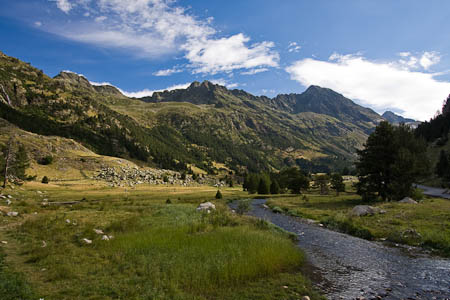 Worldwide Trekking
Worldwide Trekking





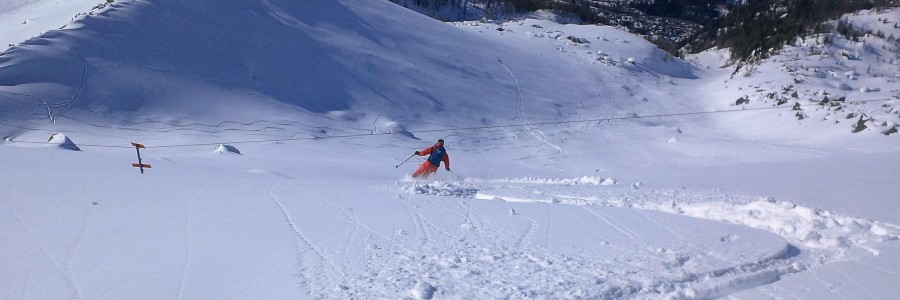

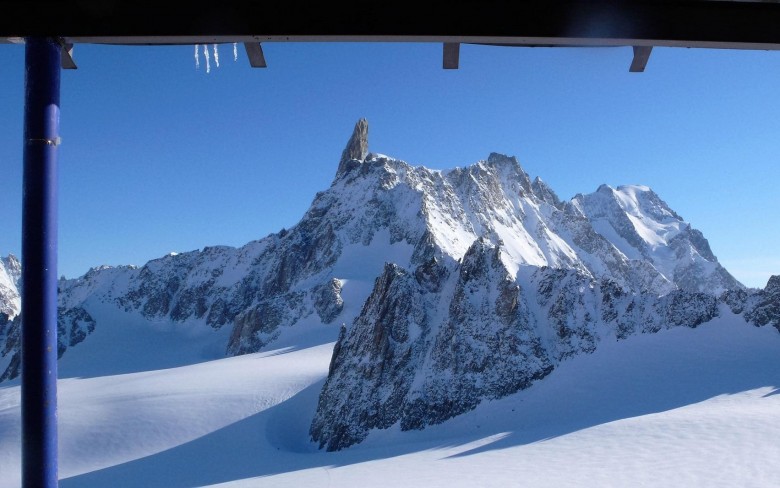

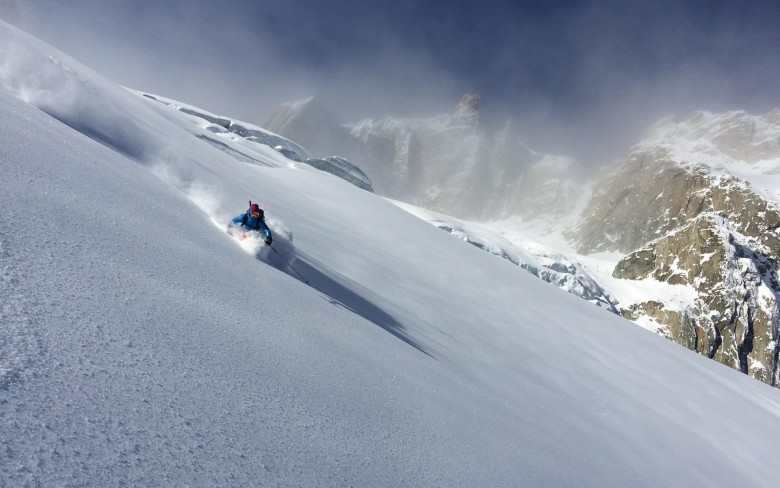
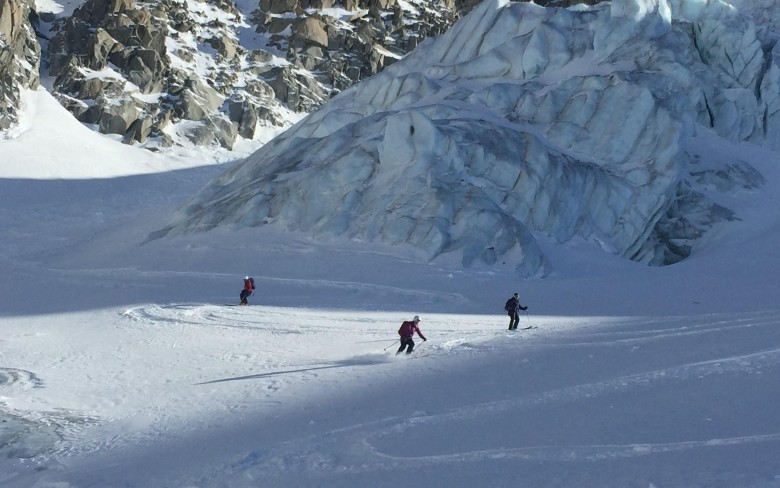
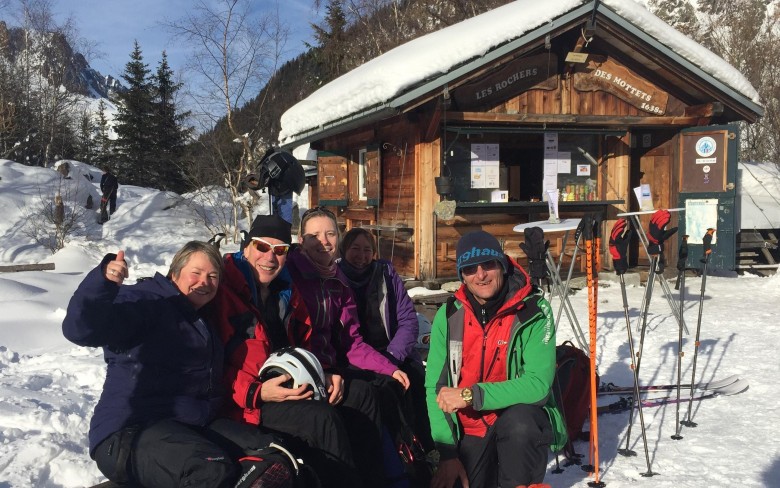
 Travel Website Development
Travel Website Development